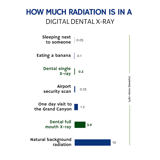The dental industry has advanced in recent years, introducing newer tech solutions for better treatment, diagnosis, and patient results. Digital X-rays are one such improvement, designed to deliver faster and more effective results while reducing the time a patient spends in a dental chair.
Also called digital radiography, digital X-rays can detect several issues related to previous dental work that a traditional X-ray may not pick up, even with multiple visits to the dentist.
Learn more about digital X-rays below, including their purpose, benefits, and common safety concerns.
What Are Digital X-Rays?
Digital X-rays are images produced from electronic sensors instead of a traditional photographic film. These sensors capture images of teeth, gums, and other parts of the mouth.
Digital X-rays capture images that are available to view within seconds. The device typically consists of several components, including a generator that emits X-ray beams and electronic sensors that capture the image.
The sensors are placed in the patient’s mouth to capture the area of interest, and the images are transmitted to a computer to be processed and instantly displayed on a monitor. Some equipment even has additional software to manipulate or enhance the captured images, which are already incredibly clear.
What Is the Purpose of Digital X-Rays?
Digital X-rays serve two main purposes in dentistry:
Help identify dental issues
Digital X-rays help dentists identify problem areas inside the mouth, including cavities, gum disease, impacted teeth, hidden decayed areas, dental infections, and other abnormalities that are out of sight during a visual dental examination.
They give your dentist a closer and more precise view of your dental health with more enhanced images. The images provide valuable information that can help your dentist make accurate diagnoses and deliver effective treatment.
Inform treatment plans
Thanks to clear X-rays, your dentist can assess the extent or severity of various dental issues and determine the most appropriate course of treatment. They can also help your dentist plan for procedures like tooth extractions, dental implants, root canals, and other orthodontic treatments.
Digital X-Rays Versus Traditional X-Rays
Digital X-rays have several benefits over their traditional or film alternatives. These include:
Clear imaging
Digital X-rays produce higher-resolution images with better clarity. These images can also be further enhanced, giving your dentist a better view of your dental or oral structure and allowing them to develop a well-informed treatment plan.
Reduced radiation
Digital X-rays have been shown to emit less radiation compared to the traditional options, making them safer for patients while delivering better image quality.
Faster results
The advanced technology allows for faster image acquisition within seconds, eliminating the need for image processing time and reducing time spent in the dental office.
Environmentally friendly
Unlike their traditional counterparts, digital X-rays do not require chemical processing. They also eliminate any need for hazardous chemicals, reducing their environmental impact.
Are Digital X-Rays Safe?
Yes, digital X-rays are safe. While traditional X-rays are also considered safe, research shows that digital X-rays produce 80% less radiation than their conventional alternatives. That means it’s highly unlikely that you'll develop issues from occasional (or even regular) exposure to radiation at the dentist.
Digital X-rays are safe for people of all ages. Their advanced technology allows for precise control of radiation dosage, ensuring that only a minimum amount is necessary to obtain high-quality images. The ability to control and limit radiation exposure makes digital X-rays ideal for everyone, including kids and pregnant women.
How Often Should I Get Digital X-Rays?
The frequency of X-rays depends on your level of oral health. If you already have healthy teeth and gums, getting yearly digital X-rays should be more than enough.
However, you might need more frequent X-ray visits if you’re prone to dental issues like cavities and gum disease. Other factors like age and dental health history are also important when deciding how often to get digital X-rays.
Digital X-rays offer several benefits, making them the clear first step to receiving thorough dental care. They produce better images and significantly reduce radiation exposure. They also deliver faster results, are more environmentally friendly, and are great for patients of all ages.
If you require X-rays, contact Durango Dental today to schedule an appointment with a member of our friendly team. We are eager to serve you!






